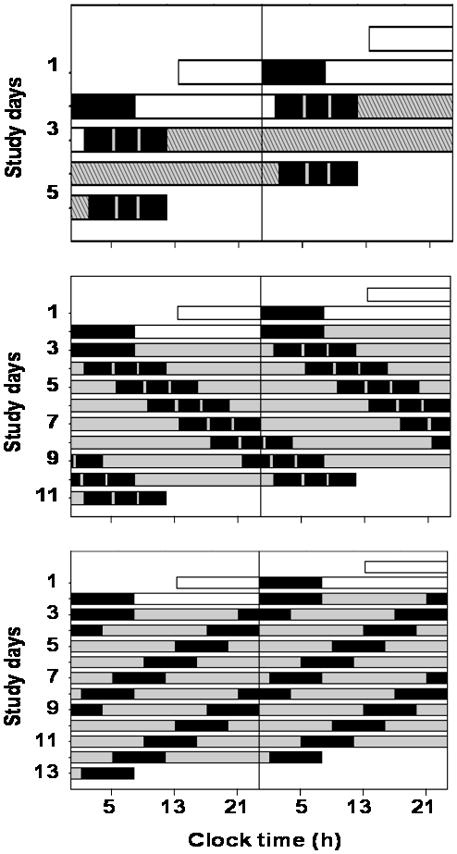Figure 1. Three complementary protocols used to examine underlying circadian rhythmicity of blood pressure.

Three protocols designed to keep behaviors constant across the circadian cycle (top panel, 2 baseline days followed by 38-h ‘constant routine’ while semi-recumbent and awake) or to evenly distribute behaviors across all circadian phases (middle panel, 7 recurring 28-h behavioral cycles [28-h ‘forced-desynchrony’]; bottom panel, 12 recurring 20-h behavioral cycles [20-h forced desynchrony]). In each panel, subsequent days are ‘double-plotted’ to the right and below prior days to visually aid protocol continuity. X-axes: clock times for an example subject having an habitual wake time of 8 AM. Black boxes, scheduled sleep episodes in darkness; gray/hatched bars, scheduled wakefulness in dim light conditions (<4 lux) to avoid circadian rhythm resetting.11
